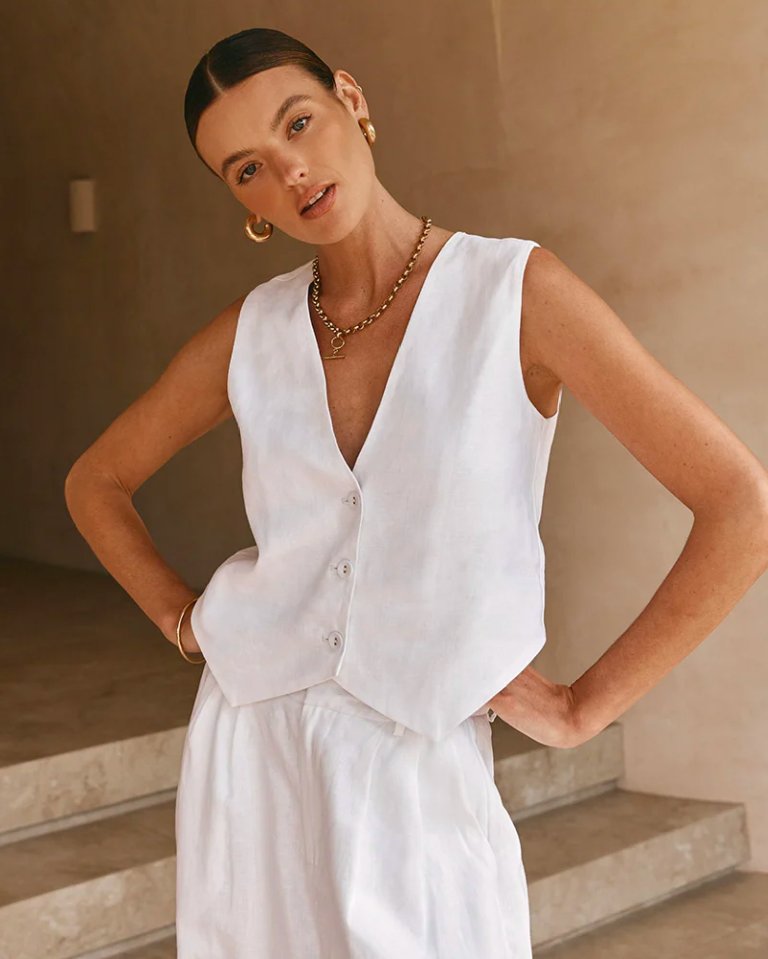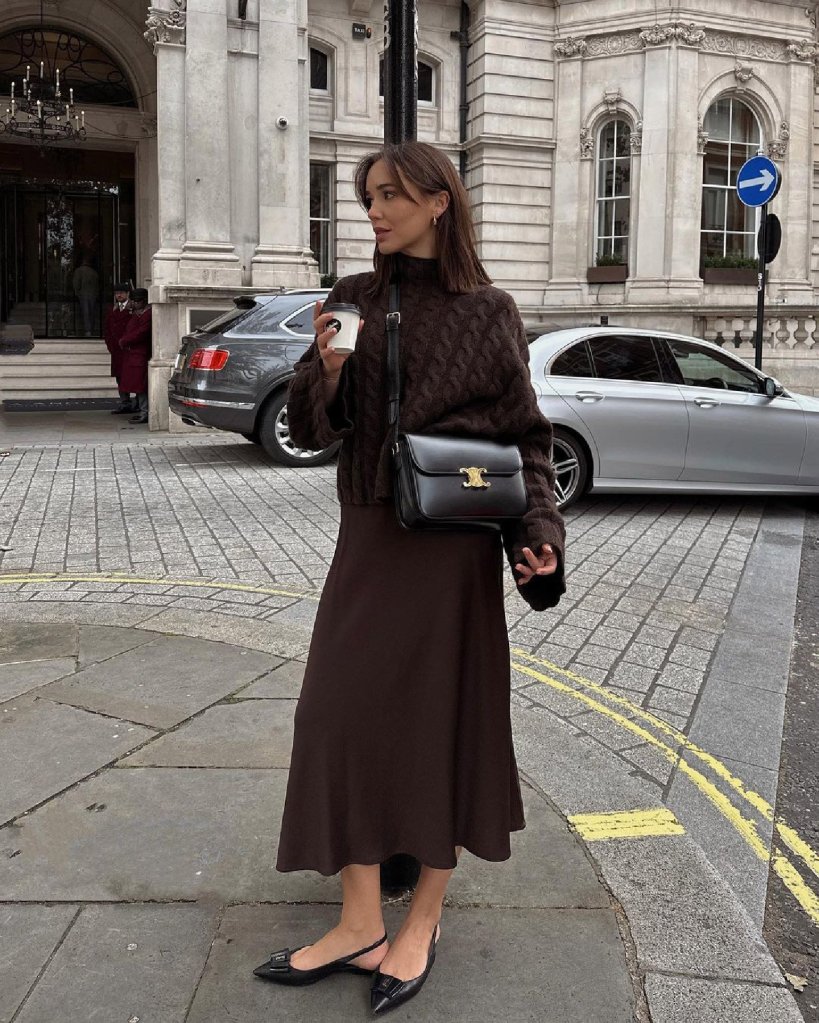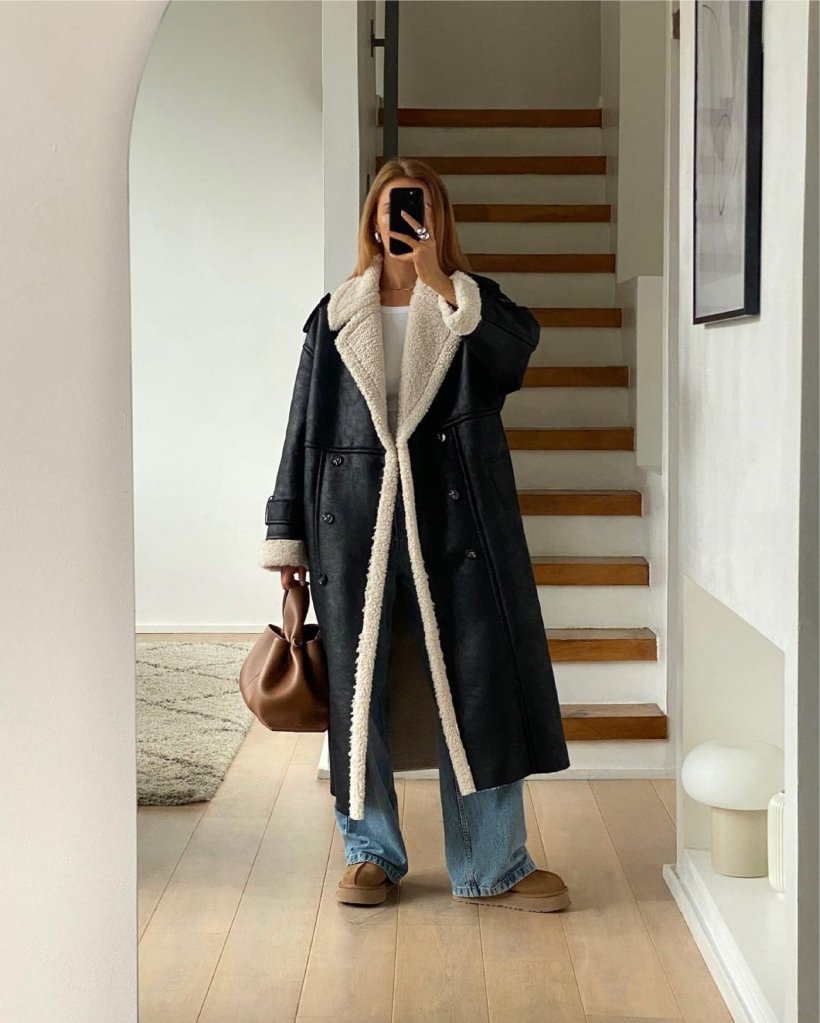As a fashion writer, I’ve become well versed in combing the web for the best pieces on the market, but analysing sustainable materials is a habit I picked up many moons ago.
As a teen, my dad and I would visit charity shops looking for treasure – good quality clothing. He’s what I like to call a seasoned professional, AKA fabric inspector extraordinaire (a mouthful, I know). His incessant label checking and leather sniffing techniques were embarrassing for a teen simply looking for cool vintage bargains, but it landed me in good stead when it came to shopping more mindfully.
The world of sustainability is complex but we’re lucky to have online resources Good on You and sustainability advocates like Eliza columnist Bianca Foley in the online space. There are so many accreditations, and many more materials, from bamboo and cupro to innovative materials, like Piñatex® and Spinoza. Then we have classics, like cashmere – I’m sure if most of us had our way we would spend winter wrapped in top-to-toe cashmere, but its meticulous production warrants a notoriously expensive price point, so it’s not always accessible.
Becoming aware of materials, their properties, origins, and the manufacturing process was the first step I took to make better choices. Buying more sustainable materials is enough to appeal but it also helps that these materials are often more long-lasting.
Which materials should I be looking for when clothes shopping?
My general rule of thumb when shopping (and one I’ve stuck to for at least 7 years) is optimising my wardrobe and investing in hard-working pieces. Around 5 years ago I stopped buying polyester and most other synthetic fibres, except for high-performance garments, like swimwear and outwear, etc. I could list all of the wonderful yarns and considered fabrications for days, but these are the more sustainable materials I look for when investing in everyday pieces.
Tencel® lyocell
Lyocell (trademarked as Tencel) and also known as rayon (confusing, I know, but I’m here to help) is a lightweight plant-based cellulose derived from wood pulp. Although it sounds alternative and deceptively fragile, it’s actually the opposite – it’s robust and hard-wearing (in terms of longevity, but certainly not on the skin). It’s becoming a popular choice for designers and retailers, like Arket, who are more mindful of their material usage.
Although I’m sceptical about calling anything 100% sustainable, it’s an appealing option and one I’ve found good quality first-hand. As well as the notable sustainability credentials, I’m impressed with its versatility and how it lends a supple feel to basics like t-shirts and vests. It’s malleable enough that it can perform under the pressure of complex designs like puckering and shirring and it can hold the shape for tailoring.
If you’re looking to buy pieces to span years of wear (which, of course, you are), it’s an option that never lets me down. If you prefer your basics a little less starchy, you may entertain the idea of swapping cotton for lyocell or a blend. I had a beloved lyocell t-shirt for 13 years that’s only just reaching the end of its lifespan and I’m reassured that when it does it’s fully biodegradable.
Shop my edit
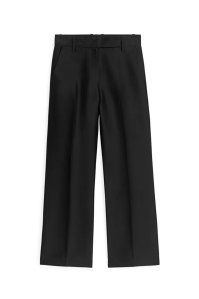


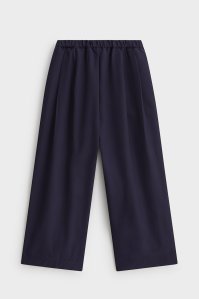
*Eliza may earn commission on sales from these product links
Linen
There are many great qualities of linen which is why I like to celebrate it year-round. It’s far too good to be limited to a few months of wear. It’s biodegradable (a theme with most of my clothes) and antibacterial which is why it’s a popular choice for spring and summer fashion. It’s a fuss-free fibre that grows more supple the more it ages – like a nice wine. It has a relaxed characteristic which is exclusive to it and brings a softness to a garment, both in terms of the feel and look.
I often pair back an outfit and rely on the cross-stitch texture alone. Linen outerwear is also a clever touch if you want to delve into tailoring. The popular waistcoat trend is a good example – there’s something less rigid about linen outerwear, especially when it comes in its distinctive neutral colourway.
Shop my edit
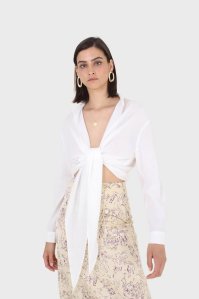
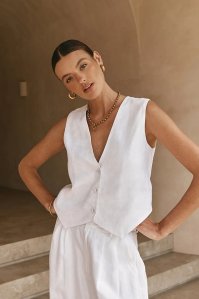
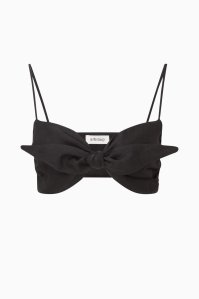
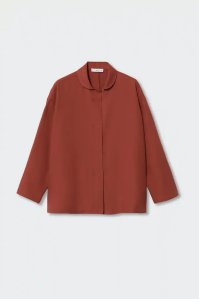
*Eliza may earn commission on sales from these product links
Organic / recycled cotton
I still remember the day I witnessed a demonstration of how much water it takes to make a pair of jeans – it was a jaw-on-the-floor moment. Cotton is where the sustainable materials discussion becomes nuanced because although it’s a natural fibre and therefore biodegradable, it’s also one of the most water-intensive fabrics. I prefer to opt for organic or recycled cotton (even better) as they have a lower environmental impact.
As well as the sustainable benefits, organic cotton is noticeably suppler to regular cotton as it has longer fibres that aren’t damaged by fertilisers. It also tends to be harvested by hand in a gentler process. When it comes to design, I adore the versatility of cotton.
Although it has little stretch, it holds a shape well and is moisture-wicking. It’s the material I look for when investing in trench coats, dresses and basics – from vests to starchy shirts. I used to think that cotton equalled plain designs, but I’m continuously impressed by complex and voluminous styles made from cotton – like the puff sleeve. I have heavy knit dresses made from organic cotton, but the same material can make basics that are flat enough to compress.
Shop my edit
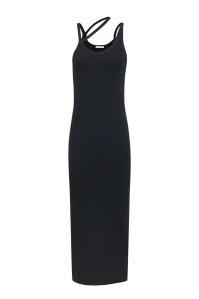
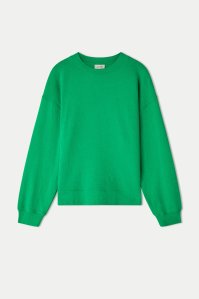

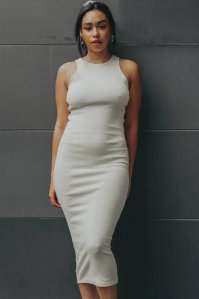
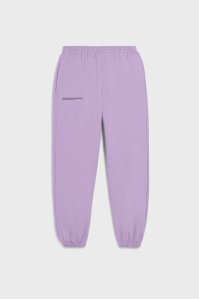
*Eliza may earn commission on sales from these product links
